Time is money, and we save you both. We don’t mess around when it comes to precious time, and we offer the highest quality aluminum products that other companies don’t stock. We make a point of keeping products on-hand that other companies will not, because it is our goal to make your experience with us painless and fulfilling. Visit our website or call us today to learn more!
At CBC Specialty Metals & Processing, we pride ourselves on being a leading provider of high-quality aluminum products and comprehensive processing solutions tailored to meet the diverse needs of our clientele. With years of experience and expertise in the industry, we have established ourselves as a trusted name in aluminum distribution and processing, renowned for our commitment to excellence,...
Since 1923, EMJ has been a leading supplier of Steel and Aluminum Bar, Tubing, and Plate to manufacturing companies in North America. Our broad network of facilities, superior inventories, processing capabilities, and world-class technology enables EMJ to provide unsurpassed service to our customers.
At Triple-S Steel Holdings, Inc., we take pride in our position as a leading provider of high-quality aluminum products and comprehensive solutions tailored to meet the diverse needs of our clientele. With decades of experience and dedication to excellence, we have established ourselves as a trusted name in the aluminum industry, renowned for our commitment to quality, reliability, and customer...
Send Requests For Quote to Multiple Aluminum Suppliers Near You
Provide your project details, and we'll connect you to 5-20 qualified aluminum companies in your region. 100% free.
Get InformationManually Sourcing U.S./Canadian Manufacturers for 20+ Years
More Aluminum Manufacturers
Aluminum is a versatile and essential metal that has revolutionized modern society with its unique properties. From transportation to construction, packaging to consumer goods, aluminum has found its way into nearly every aspect of our lives. The discovery of aluminum is credited to the Danish chemist Hans Christian Oersted, who produced it in 1825. However, it was not until the 1880s that aluminum became commercially viable with the invention of the Hall-Heroult process, a technique for extracting aluminum from its ore. The process revolutionized the industry, making aluminum more accessible and affordable, leading to its widespread use in modern times.
Processes for Creating Aluminum
Aluminum is plentiful in the earth’s crust, but it is not found in its pure form. Instead, it is extracted from bauxite, a reddish-brown rock containing aluminum oxide. The Hall-Heroult process is the primary method for producing aluminum. It involves two main steps: refining bauxite into alumina and then processing alumina through an electrolytic cell to extract pure aluminum.
The refining process involves crushing bauxite ore into small pieces and then heating it in a kiln to produce alumina, a white powder. The alumina is then dissolved in molten cryolite, a mineral used as a solvent, and fed into an electrolytic cell. In the cell, an electric current is passed through the molten mixture, causing the aluminum ions to separate from the oxygen and collect at the cathode. The oxygen then combines with the carbon anode to form carbon dioxide, which is released as a gas. The collected aluminum is then cooled and shaped into desired products.
Another process used to create aluminum is the Bayer process. The process involves crushing bauxite into a fine powder and then mixing it with hot caustic soda, a strong alkali solution. The mixture is then filtered and washed to remove impurities, leaving behind pure alumina.
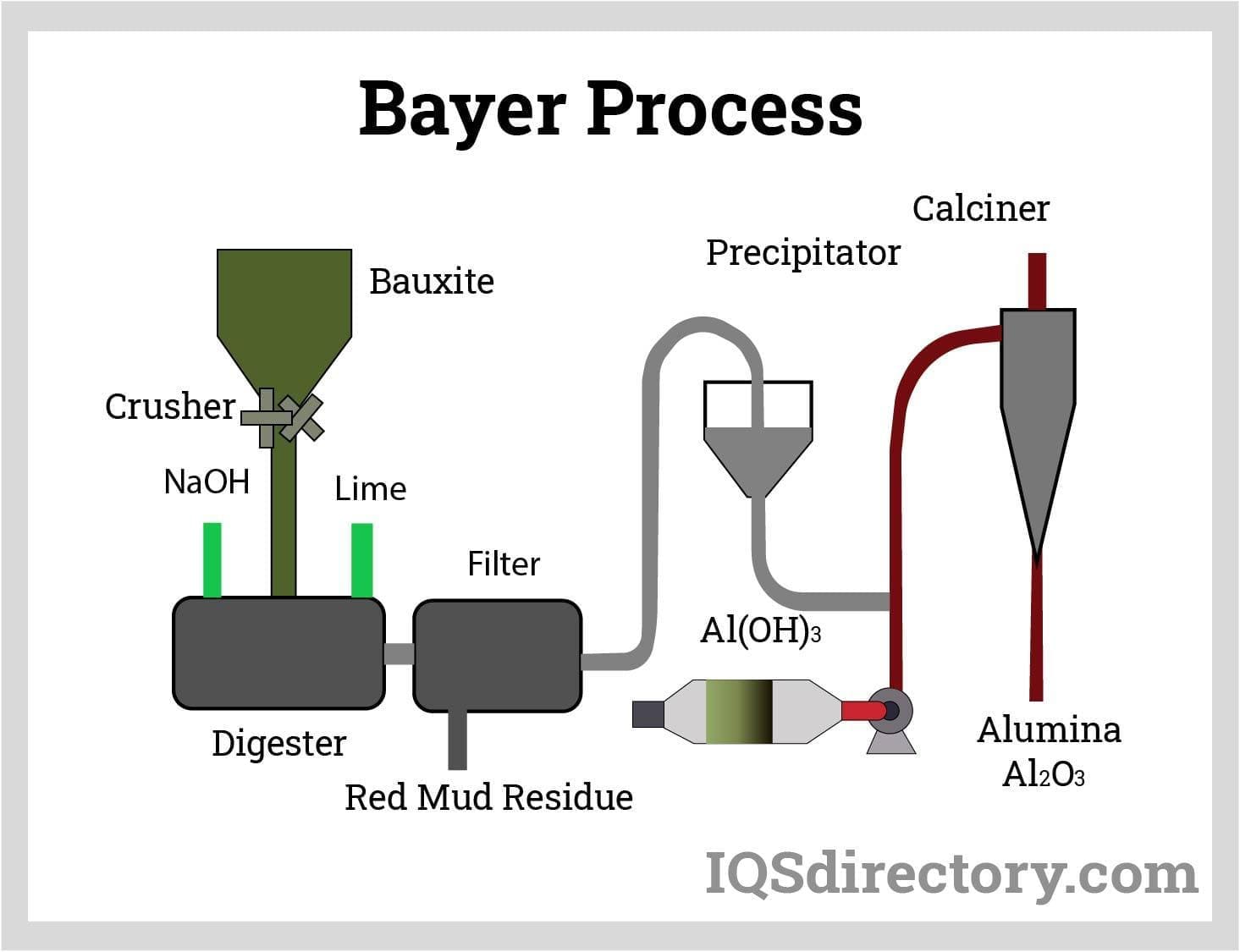
Secondary aluminum production involves recycling scrap aluminum, which is melted down and reused to create new products. This process is known as remelting or recycling. It involves melting scrap aluminum in a furnace and then adding other metals to create alloys, which are then cast into new products. Secondary aluminum production requires less energy and produces fewer emissions than primary production, making it a more sustainable alternative.
Disadvantages of Aluminum
The production of aluminum has a significant environmental impact, including air pollution, greenhouse gas emissions, and the destruction of natural habitats. Additionally, aluminum exposure has been linked to health risks, including respiratory problems and neurological disorders. Furthermore, recycling and waste management of aluminum can be challenging, and improper disposal can lead to environmental hazards.
Benefits of Aluminum
There are many benefits of aluminum that make it an essential material in modern society. Here are some additional details on the benefits of aluminum:
Lightweight
Aluminum is a lightweight metal, about one-third the weight of steel, making it an ideal material for transportation applications. Its lightweight nature reduces fuel consumption and emissions, making it an environmentally-friendly option.
Corrosion-Resistant
Aluminum is very corrosion resistant, making it an excellent material for outdoor applications such as building facades and roofing. It is also used in marine environments and in the manufacture of food and beverage containers, where corrosion resistance is essential.
Durable
Aluminum is a highly durable material that can withstand extreme temperatures, making it ideal for use in high-temperature applications such as the aerospace industry. It is also a long-lasting material, with a lifespan of up to 100 years.
Conductive
Aluminum conducts heat and electricity extremely well, making it ideal for use in electrical and electronic equipment. It can dissipate heat quickly, which makes it ideal for use in heat sinks and other cooling systems.
Versatile
Aluminum is a versatile material that can be easily processed and formed into a variety of shapes and sizes. It can be cast, forged, extruded, and machined, making it an ideal material for a wide range of applications.
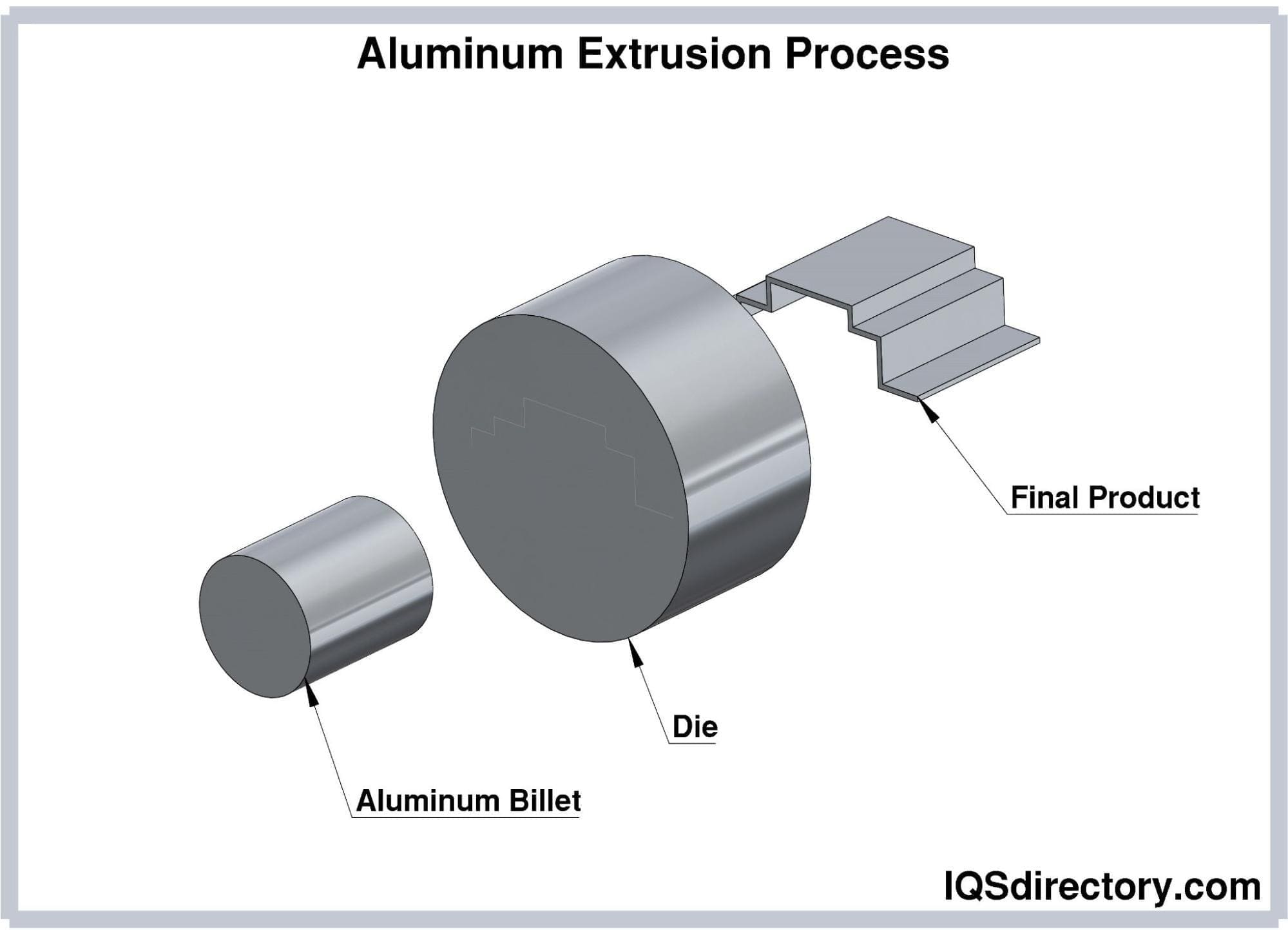
Recyclable
Aluminum is a highly recyclable material, with over 75% of all aluminum ever produced still in use today. Recycling aluminum requires only 5% of the energy needed to produce new aluminum.
Innovations in Aluminum Recycling
Innovations in aluminum recycling have been a key focus in recent years, driven by the increasing emphasis on sustainability and resource conservation. Various technological advancements have been made to enhance the efficiency and effectiveness of aluminum recycling processes. One area of innovation is the development of advanced sorting techniques, such as sensor-based sorting systems and spectroscopic technologies, which enable more precise separation of aluminum from other materials in the recycling stream. These technologies improve the purity and quality of recycled aluminum, making it suitable for a broader range of applications. Additionally, innovative separation methods, including hydrocyclones, eddy current separators, and electromagnetic sorting, have been implemented to improve the efficiency of aluminum recovery from complex waste streams. Furthermore, advancements in recycling technologies have led to improved energy efficiency and reduced environmental impact. Innovative smelting processes, such as salt-free molten metal refining, allow for lower energy consumption and lower greenhouse gas emissions during aluminum recycling. Overall, these innovations in aluminum recycling are crucial for increasing recycling rates, reducing the demand for primary aluminum production, and minimizing the overall environmental footprint of the aluminum industry.
Grades of Aluminum
There are different grades of aluminum available, each with specific characteristics and properties that make them suitable for various applications. The grading system for aluminum typically involves a combination of numerical digits and letters to designate different alloys and compositions. Here are some commonly used grades of aluminum:
1000 Series
This series is typically referred to as pure aluminum and contains almost 99% aluminum. It is soft, ductile, and has excellent corrosion resistance but lacks strength compared to other alloy series. It is commonly used for electrical applications and in chemical processing equipment.
2000 Series
These alloys are known for their excellent strength-to-weight ratio and are primarily used in aerospace applications. The addition of copper as the main alloying element provides high strength and good fatigue resistance. However, they have lower corrosion resistance compared to other grades.
3000 Series
This series is alloyed with manganese, making it stronger than pure aluminum while still maintaining good formability and corrosion resistance. It is often used in general-purpose applications such as cooking utensils, heat exchangers, and food packaging.
5000 Series
These alloys incorporate magnesium as the primary alloying element and offer excellent weldability, moderate strength, and good corrosion resistance. They are commonly used in marine and architectural applications, as well as in vehicles and structural components.
6000 Series
This series is the most commonly used for extrusions and structural applications. Alloys in this series, such as 6061and 6063, have good formability, weldability, and moderate strength. They find extensive use in construction, automotive components, and furniture.
7000 Series
These 7000 series are known for their high strength and are primarily used in aerospace and structural applications that require exceptional strength-to-weight ratios. They are typically more difficult to form and have lower corrosion resistance compared to other grades.
It’s important to note that within each grade, there can be variations and specific alloy compositions tailored to meet specific application requirements. Manufacturers and industry standards organizations provide detailed specifications and guidelines for selecting the appropriate grade of aluminum for specific applications.
Selecting the Proper Aluminum Series
When choosing the proper grade or series of aluminum for a specific application, several factors need to be considered. First and foremost, the mechanical properties required for the application should be evaluated. This includes considering factors such as strength, hardness, ductility, and toughness. For applications that demand high strength, alloys from the 2000 or 7000 series may be suitable, while applications requiring moderate strength and good formability might benefit from alloys in the 6000 series.
The next consideration is the environmental conditions the aluminum will be exposed to. If the application involves exposure to corrosive environments, such as marine or chemical environments, selecting an alloy with good corrosion resistance, such as those from the 5000 or 6000 series, would be advisable. On the other hand, if the application involves high temperatures, the aluminum grade should have good heat resistance.
Other factors to consider include the manufacturing process and feasibility of forming the desired shapes or structures. Some alloys may be more suitable for specific manufacturing processes, such as extrusion, casting, or machining. Additionally, factors like cost, availability, and the overall design requirements should be taken into account.
Consulting with material suppliers, engineers, or industry experts can be beneficial in selecting the appropriate grade of aluminum for a specific application. They can provide guidance based on their knowledge and experience, taking into consideration the specific requirements and constraints of the application. Additionally, industry standards and specifications, such as those provided by organizations like ASTM International or Aluminum Association, can serve as valuable references in the selection process. By evaluating these factors and seeking expert advice, one can make an informed decision and choose the most suitable grade or series of aluminum for their specific application.
Applications of Aluminum
Aluminum’s unique properties have made it a valuable material in many industries. Let’s examine some of these specific applications.
Transportation
Aluminum is commonly used in the transportation industry to reduce weight and improve fuel efficiency. It is used in the construction of cars, trucks, and airplanes, as well as in bike frames, wheels, and other components.
Packaging
Aluminum is widely used in packaging due to its lightweight, corrosion-resistant, and recyclable properties. It is used in the production of beverage cans, food containers, and foil, among other applications.
Construction
Aluminum is used in construction due to its strength, durability, and corrosion-resistant properties. It is used in the production of doors, windows, roofing, and siding, as well as in structural components such as beams and columns.
Electrical and Electronic Equipment
Aluminum is an excellent conductor of electricity and is used in the production of electrical wiring, power transmission lines, and heat sinks for electronic equipment.
Machinery and Equipment
Aluminum is used in the production of a wide range of machinery and equipment, including industrial machinery, agricultural equipment, and household appliances.
Consumer Goods
Aluminum is used in the production of a wide range of consumer goods, including furniture, sporting goods, and musical instruments. It is valued for its lightweight, durability, and aesthetic appeal.
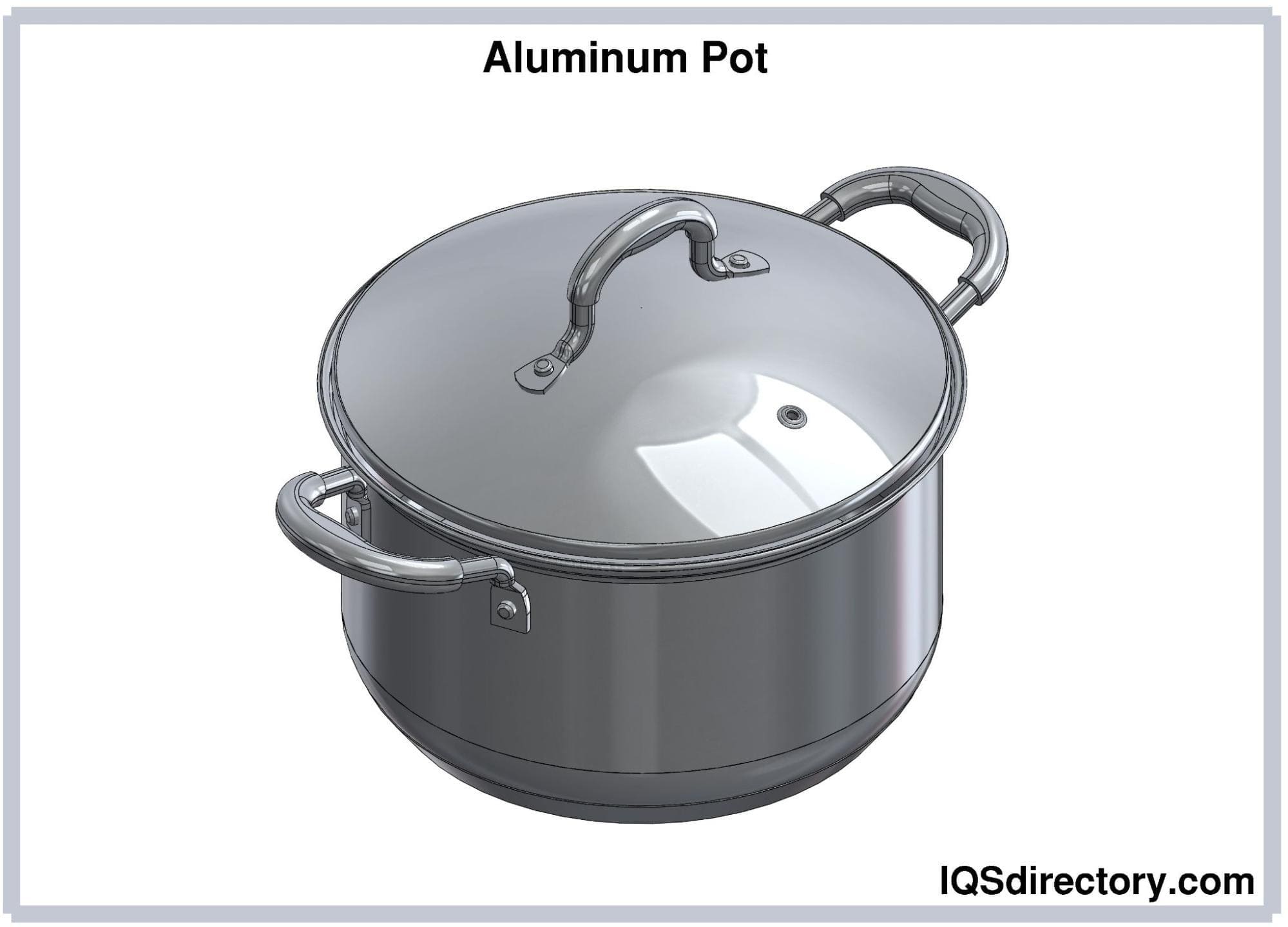
The Potential Future of Aluminum
The future of aluminum is poised for exciting developments and advancements. As the world becomes more focused on sustainability and environmental consciousness, aluminum is expected to play a pivotal role. Efforts will likely be made to improve the efficiency and sustainability of aluminum production processes, including refining techniques and energy consumption reduction. Recycling technologies could also see advancements to increase recycling rates and enhance the quality of recycled aluminum. Alloy innovations may also continue, aiming to create alloys with superior strength, corrosion resistance, and formability to meet evolving industry needs. Additionally, lightweighting should remain a significant trend, with aluminum replacing heavier materials in transportation sectors, contributing to enhanced fuel efficiency and reduced emissions. In construction, for instance, aluminum’s durability, recyclability, and aesthetic appeal would make it an attractive choice for sustainable buildings and infrastructure. The integration of aluminum in emerging technologies, such as electric vehicles, renewable energy systems, and advanced electronics, is also likely to expand. Furthermore, the adoption of digital and additive manufacturing techniques should enable the production of complex aluminum components with increased design freedom and reduced waste. Overall, the future of aluminum appears as if it will be characterized by sustainability, innovation, and its vital role in shaping a greener and more technologically advanced world.
Choosing the Right Aluminum Manufacturer
To ensure you have the most positive outcome when purchasing aluminum from an aluminum manufacturer, it is important to compare several companies using our directory of aluminum manufacturers. Each aluminum manufacturer has a business profile page highlighting their areas of experience and capabilities, along with a contact form to communicate with the manufacturer for more information or request a quote. Review each aluminum business website using our patented website previewer to quickly learn what each company specializes in. Then, use our simple RFQ form to contact multiple aluminum companies with the same form.
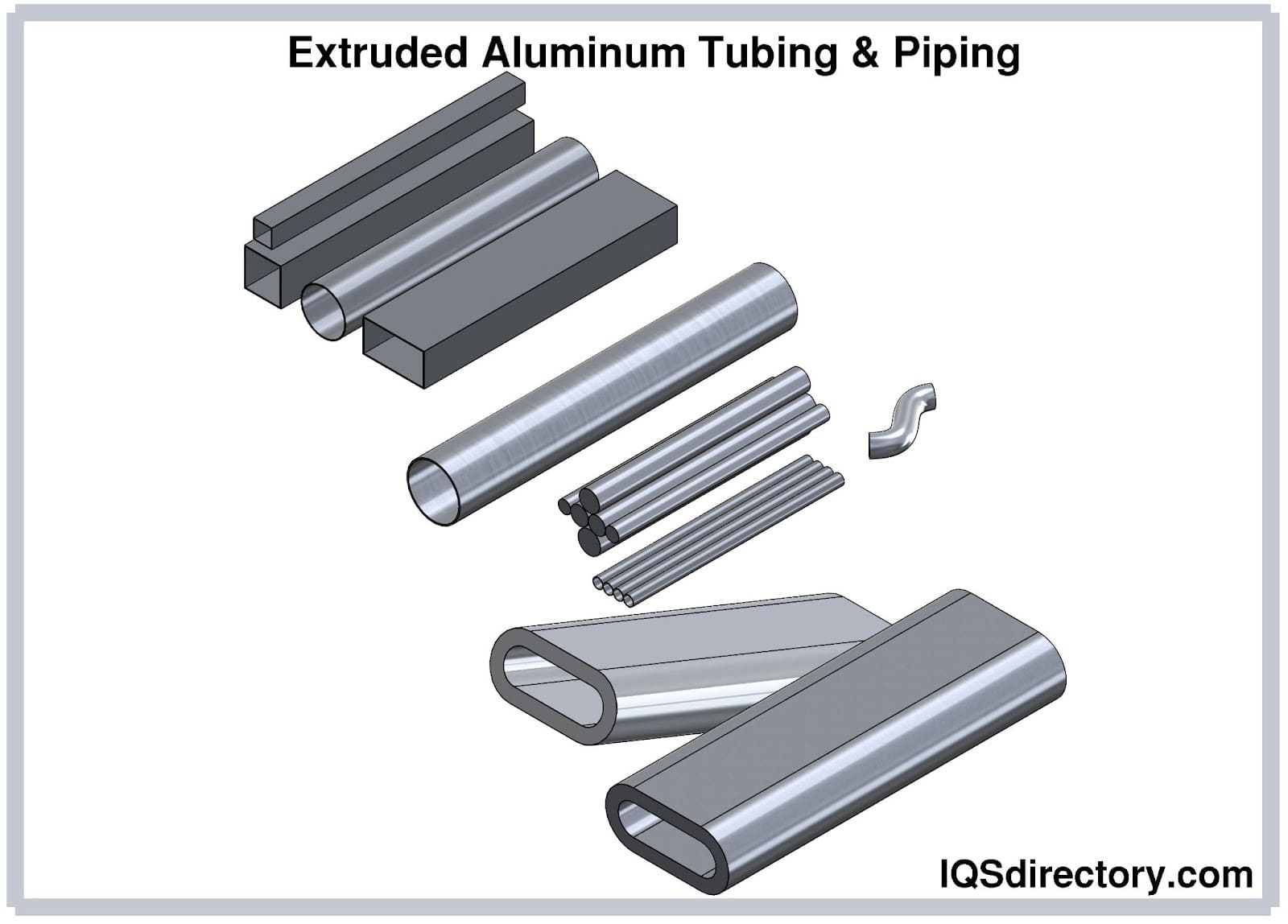
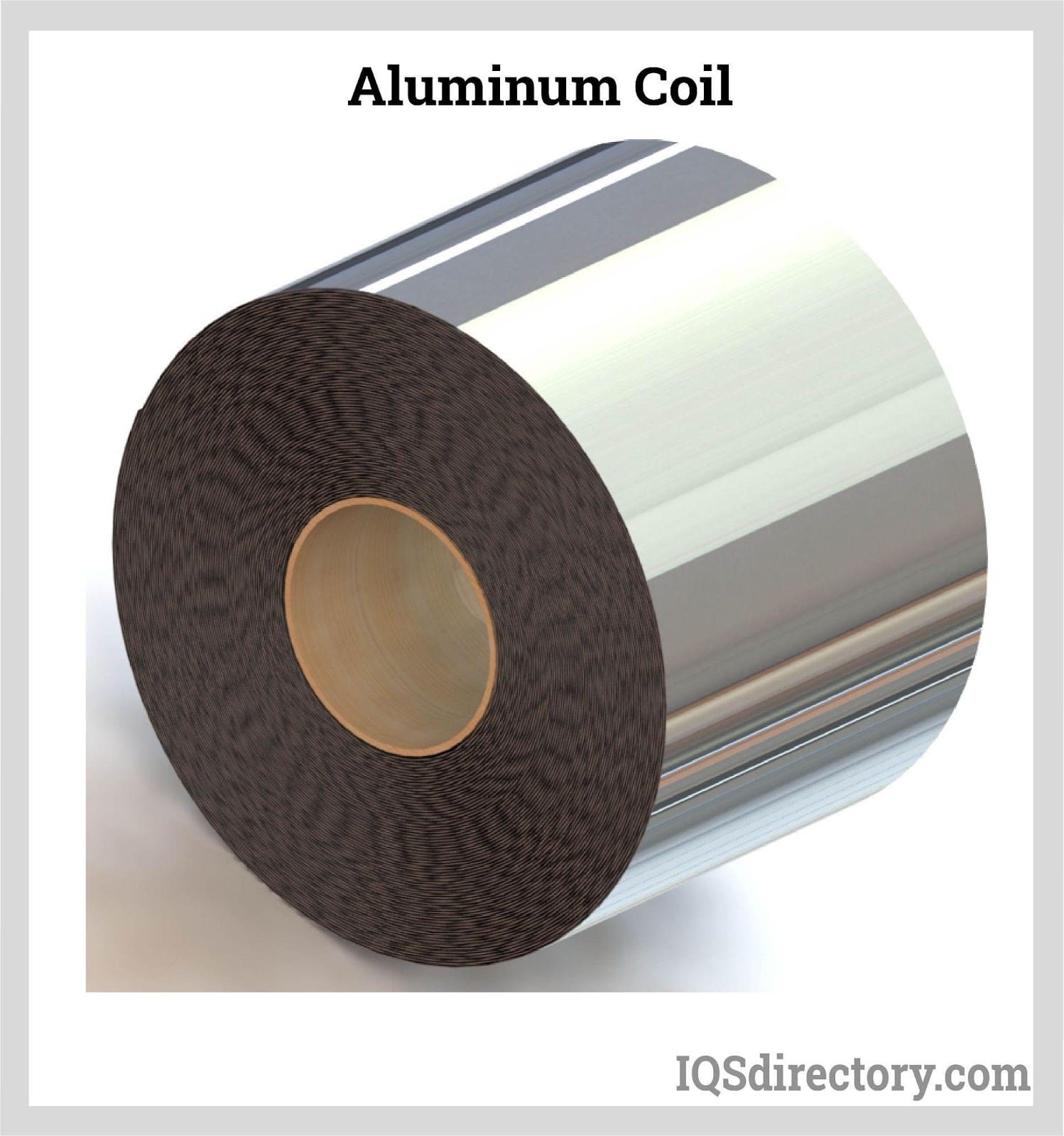
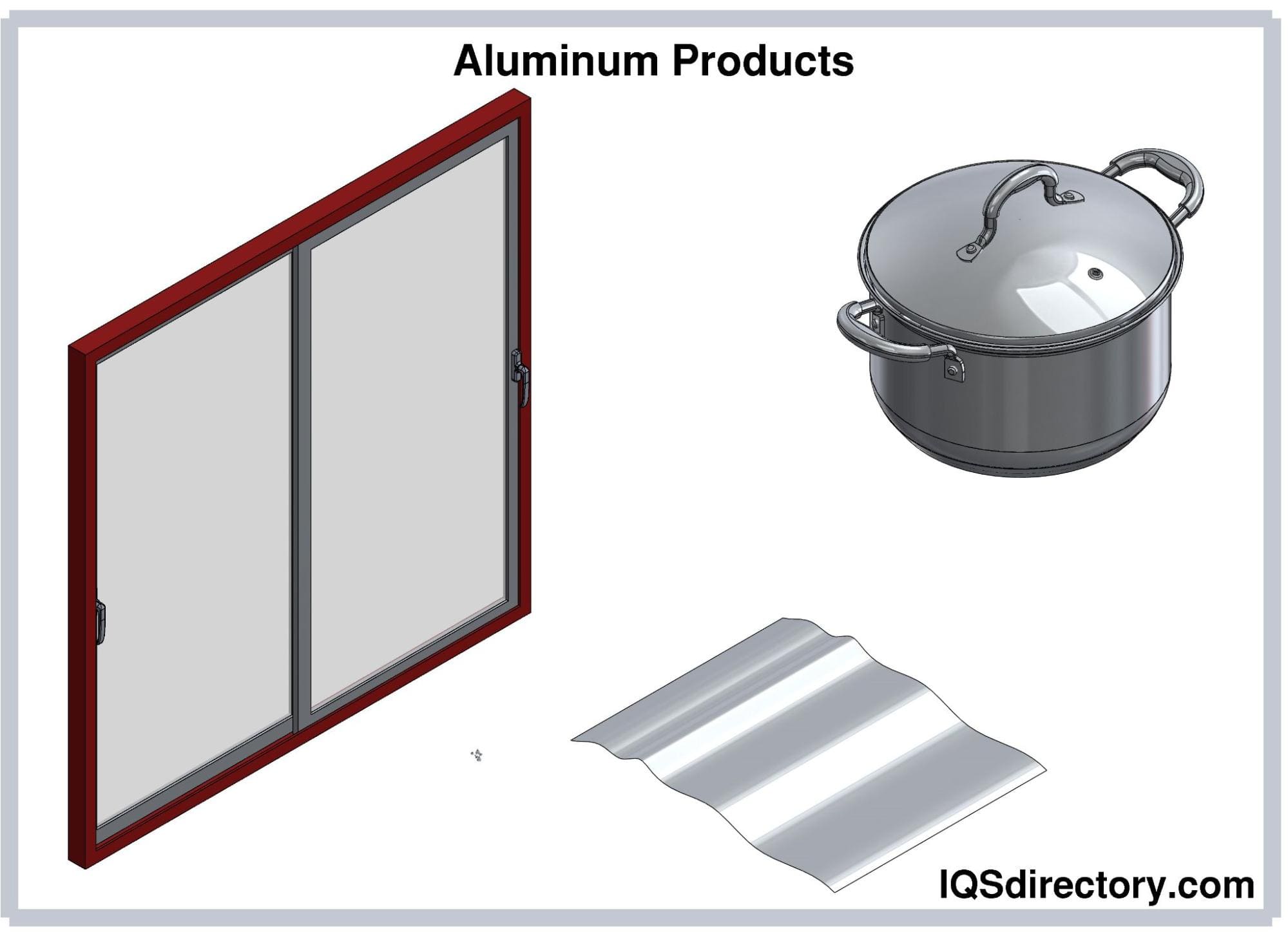
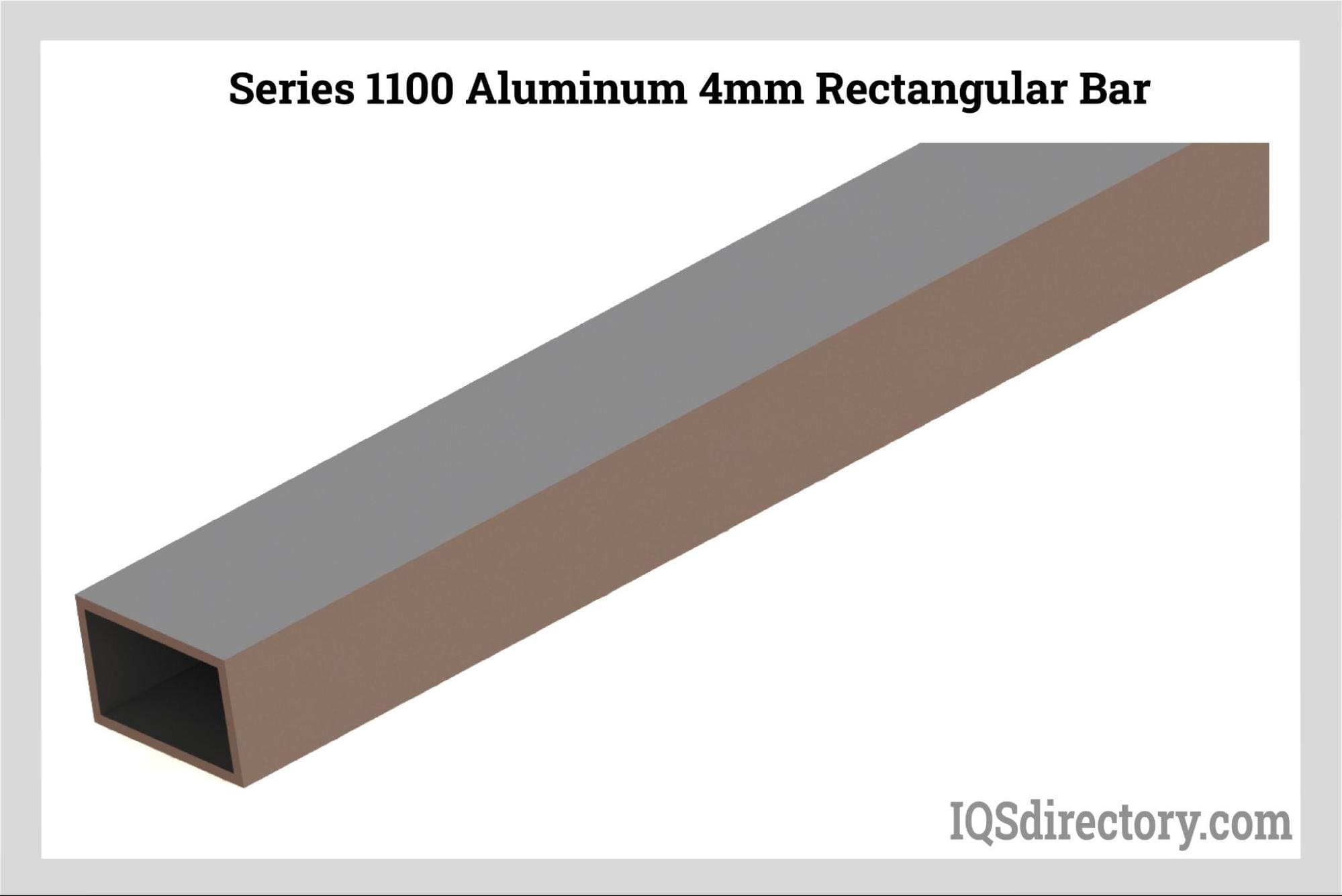
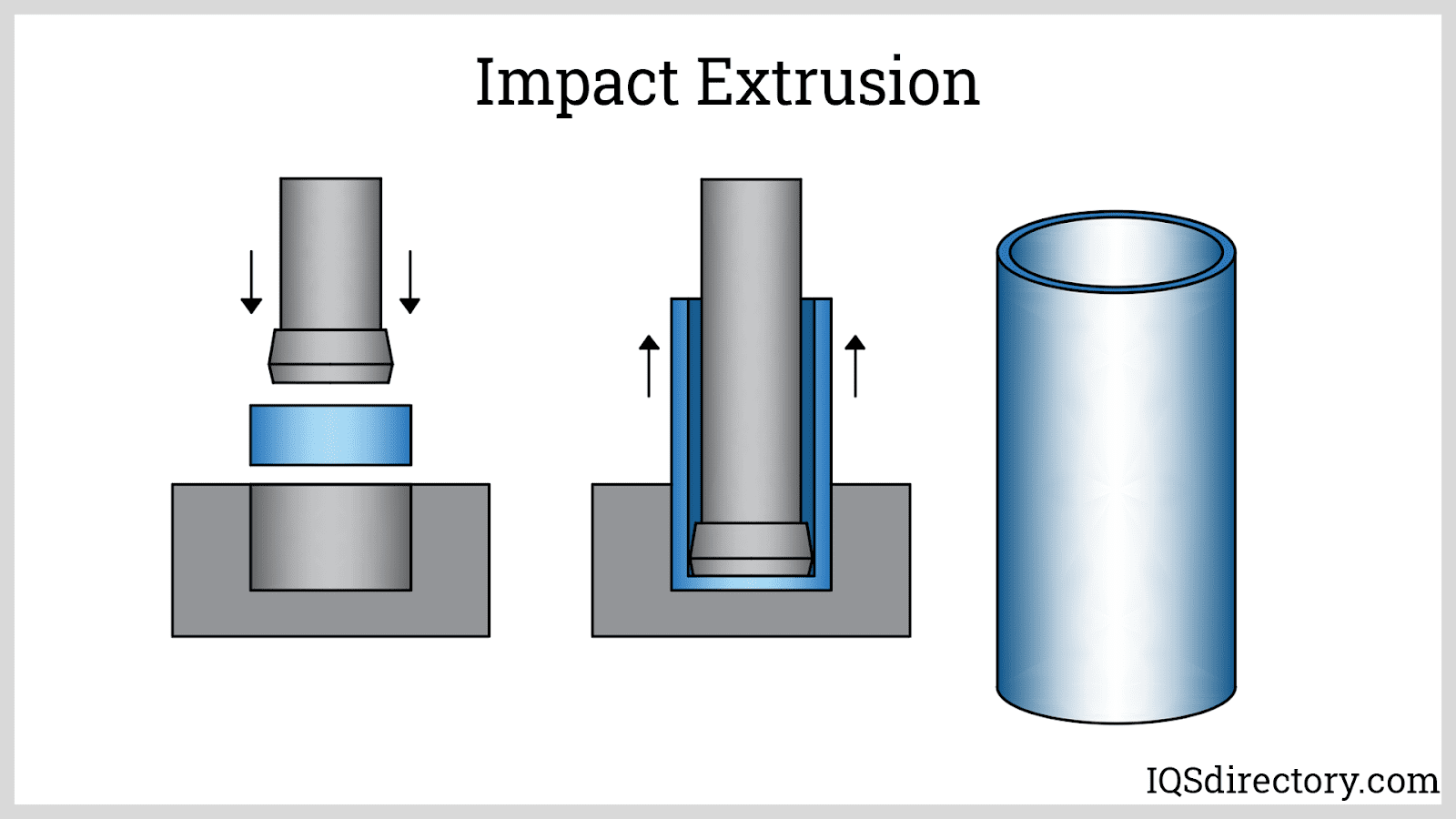
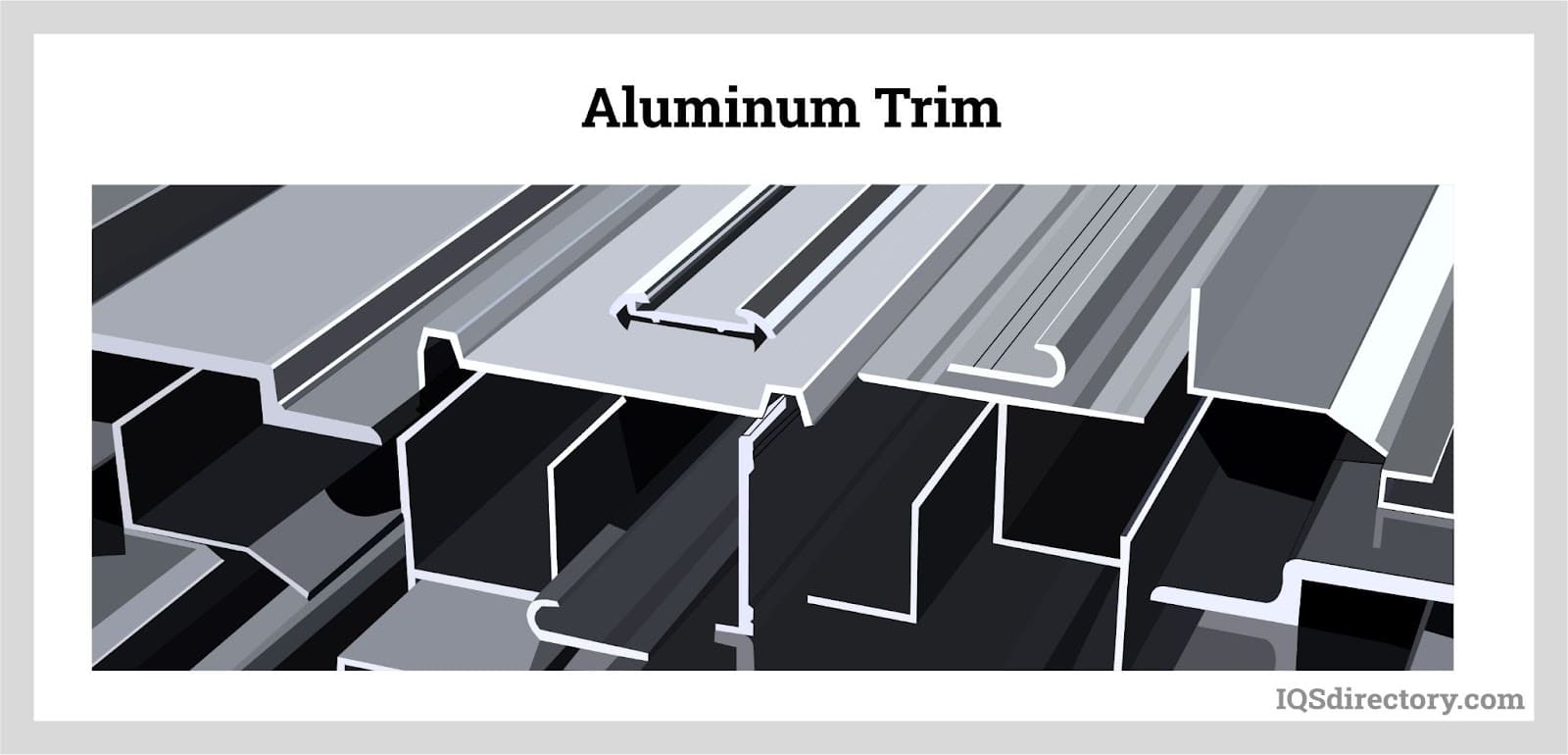
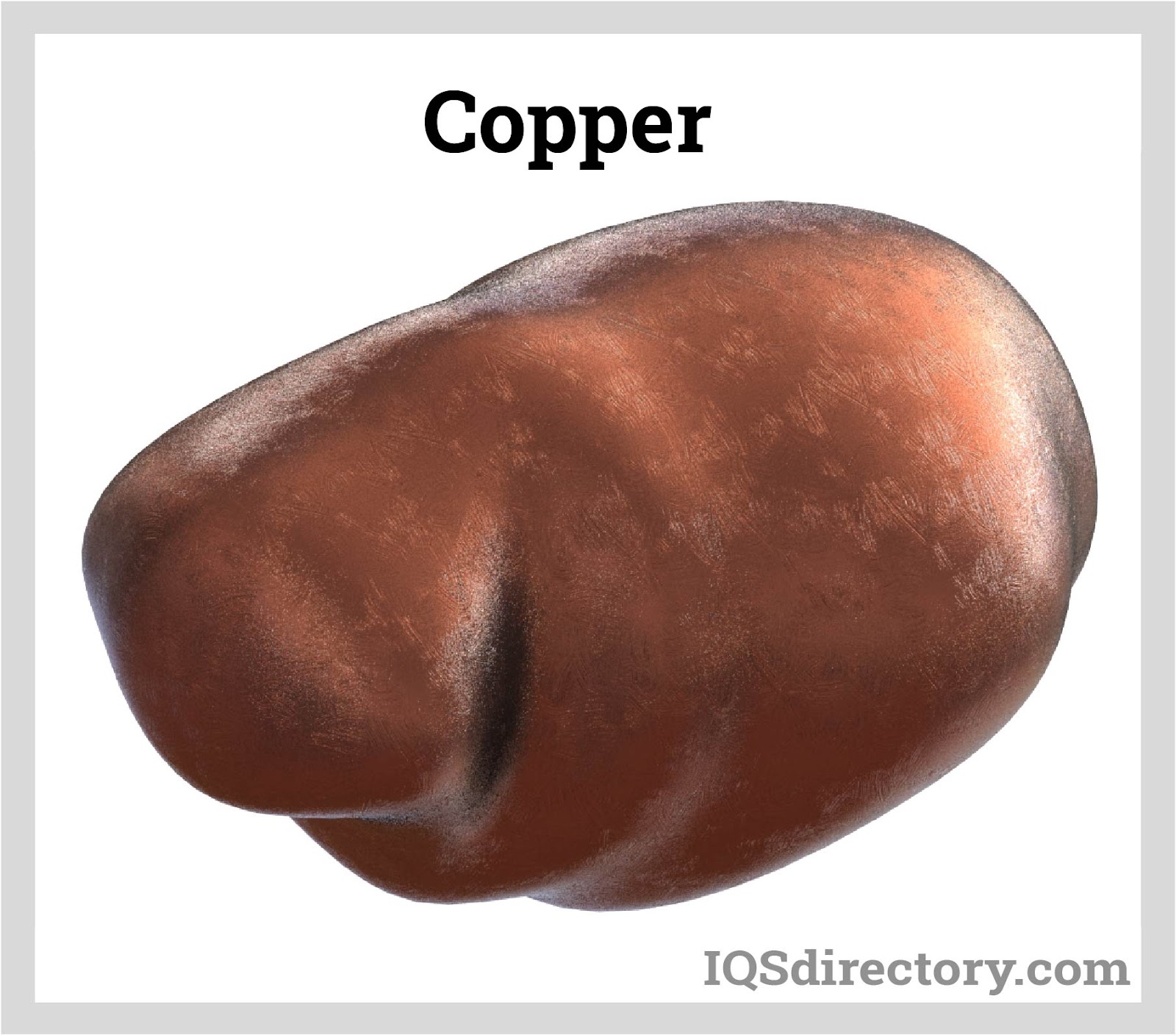

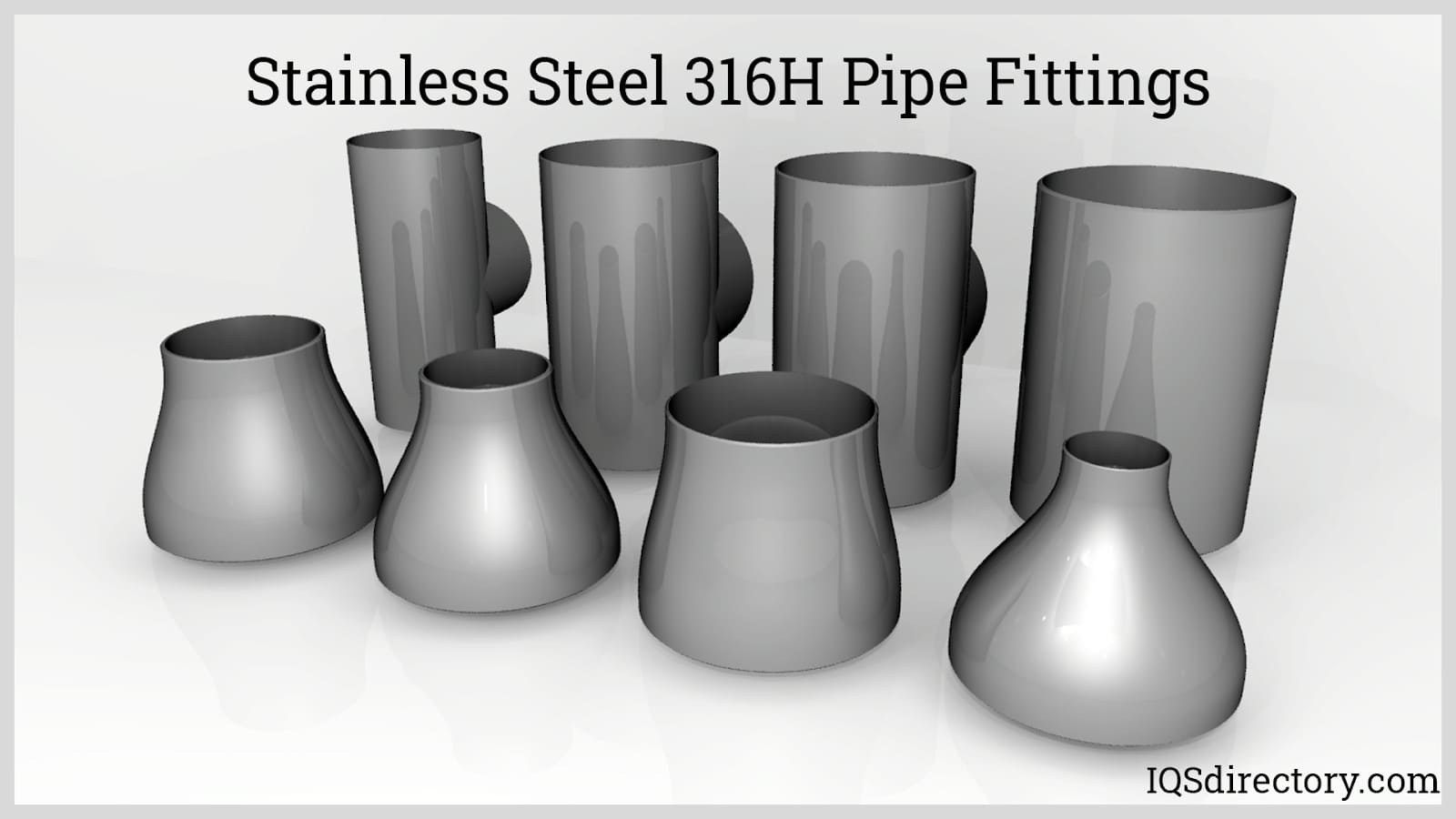
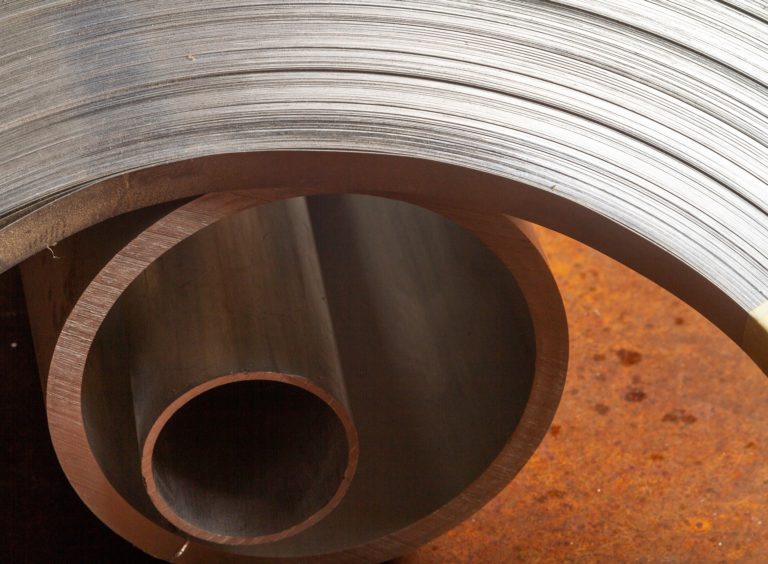 Alloy Suppliers
Alloy Suppliers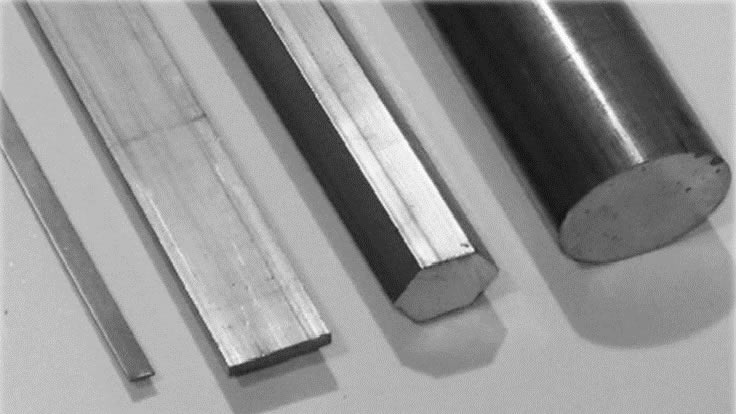 Aluminum
Aluminum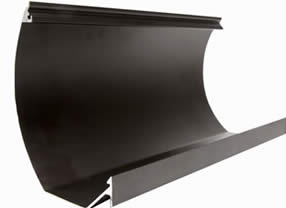 Aluminum Extrusions
Aluminum Extrusions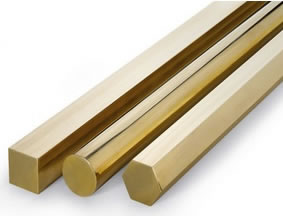 Copper-Brass-Bronze
Copper-Brass-Bronze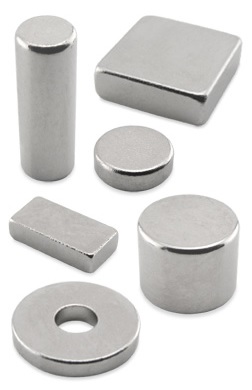 Magnets
Magnets Nickel
Nickel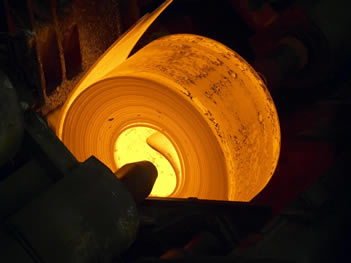 Stainless Steel
Stainless Steel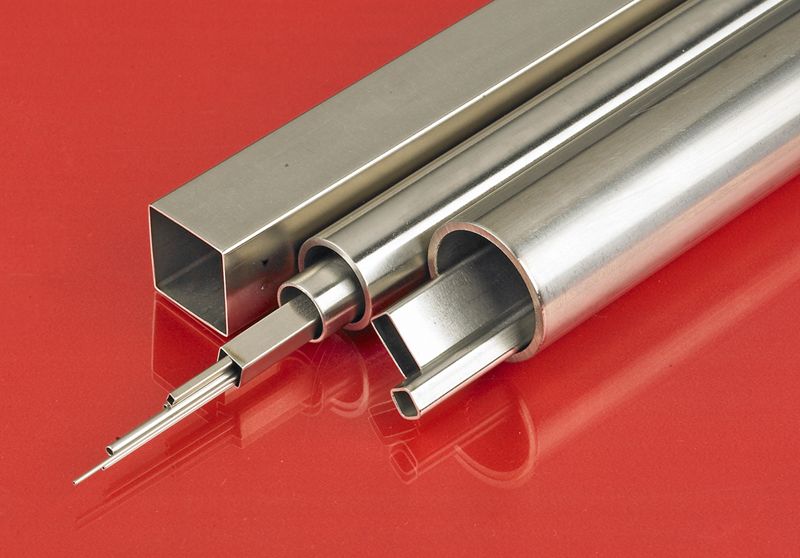 Stainless Steel Tubing
Stainless Steel Tubing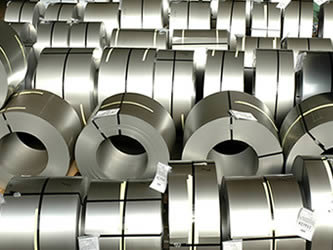 Steel Service Centers
Steel Service Centers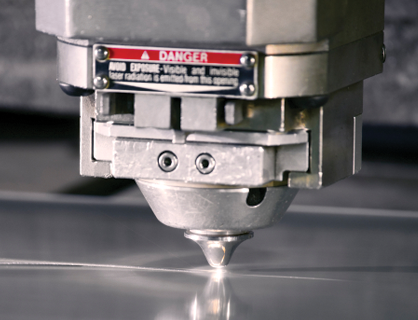 Titanium
Titanium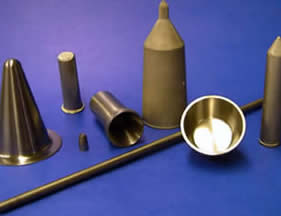 Tungsten
Tungsten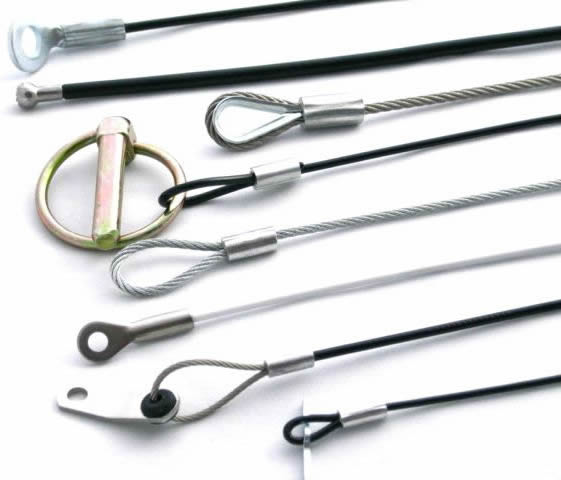 Wire Rope
Wire Rope Castings & Forgings
Castings & Forgings Bulk Material Handling
Bulk Material Handling Electrical & Electronic Components
Electrical & Electronic Components Flow Instrumentation
Flow Instrumentation Hardware
Hardware Material Handling Equipment
Material Handling Equipment Metal Cutting Services
Metal Cutting Services Metal Forming Services
Metal Forming Services Metal Suppliers
Metal Suppliers Motion Control Products
Motion Control Products Plant & Facility Equipment
Plant & Facility Equipment Plant & Facility Supplies
Plant & Facility Supplies Plastic Molding Processes
Plastic Molding Processes Pumps & Valves
Pumps & Valves Recycling Equipment
Recycling Equipment Rubber Products & Services
Rubber Products & Services